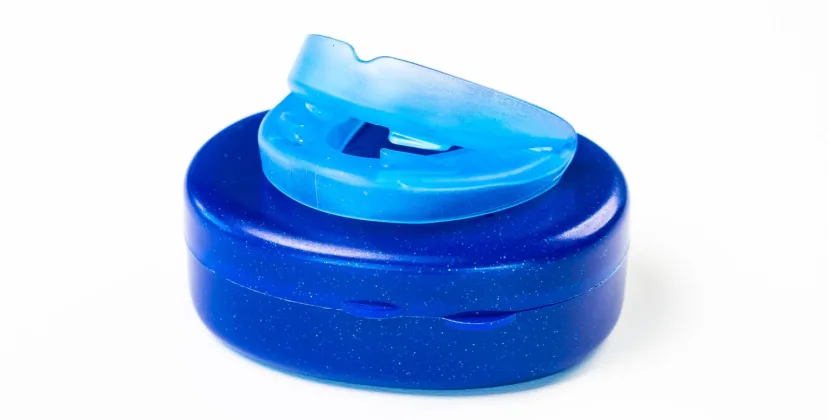Blog Post:
Snoring is a common problem that affects millions of people worldwide. It not only disrupts the sleep of the person snoring but also that of their bed partner, leading to fatigue, irritability, and other health issues. While there are various snoring solutions available in the market, mouthpieces have emerged as one of the most effective and convenient options. Over the years, advancements in mouthpiece technology have made them even more efficient in reducing or eliminating snoring. In this blog post, we will explore the future of snoring solutions with a focus on the advancements in mouthpiece technology.
The History of Mouthpiece Technology:
Mouthpieces for snoring have been around for decades, with the first one being invented in 1920 by a French dentist. However, it was not until the 1980s that they gained popularity as a snoring solution. The early versions of mouthpieces were made of metal or hard plastic and were bulky, uncomfortable, and often caused jaw pain. But with the advancements in technology, mouthpieces have come a long way since then.
The Current State of Mouthpiece Technology:
Today, mouthpieces for snoring are made of soft, flexible, and comfortable materials such as medical-grade silicone. They are custom-fitted to the individual’s mouth, making them more comfortable and effective in reducing snoring. The two most popular types of mouthpieces are mandibular advancement devices (MADs) and tongue retaining devices (TRDs).
MADs work by holding the lower jaw in a forward position, which helps keep the airway open and prevents snoring. TRDs, on the other hand, hold the tongue in place to prevent it from falling back and blocking the airway. Both types of mouthpieces have been proven to be effective in reducing snoring and improving sleep quality.
The Future of Mouthpiece Technology:
As technology continues to advance, so does the potential for even better and more efficient mouthpieces for snoring. Here are some of the advancements that we can expect to see in the future:
1. 3D Printing:

The Future of Snoring Solutions: Advancements in Mouthpiece Technology
3D printing technology is rapidly evolving, and it has the potential to revolutionize the production of mouthpieces for snoring. Instead of the traditional method of taking dental impressions and creating a mold, 3D scanning and printing can create a custom-fit mouthpiece in a matter of hours. This will not only save time but also improve the accuracy and comfort of the mouthpiece for the individual.
2. Smart Mouthpieces:
Smart technology has made its way into almost every aspect of our lives, and mouthpieces for snoring are no exception. Soon, we can expect to see mouthpieces equipped with sensors that can track snoring patterns, sleep quality, and even detect underlying health issues such as sleep apnea. This data can then be synced with a smartphone app for easy monitoring and analysis.
3. Adjustable Mouthpieces:
One of the challenges with current mouthpieces is that they are not easily adjustable. But in the future, we can expect to see mouthpieces with adjustable features that allow for a more personalized fit. This will not only make them more comfortable for the individual but also improve their effectiveness in reducing snoring.
4. Combination Devices:
Mouthpieces have proven to be effective in reducing snoring, but they are not a one-size-fits-all solution. In the future, we can expect to see combination devices that incorporate other snoring solutions such as nasal dilators or chin straps. This will provide a more comprehensive approach to snoring and cater to different types of snorers.
5. Non-Invasive Techniques:
While mouthpieces are non-invasive compared to other snoring solutions such as surgery, they still require the individual to wear them while sleeping. In the future, we can expect to see non-invasive techniques such as nerve stimulation or sound therapy that can reduce snoring without the need for any devices.
Summarizing the Blog Post:
In conclusion, snoring is a common problem that affects many people, and mouthpieces have emerged as an effective and convenient solution. With advancements in technology, mouthpieces have become more comfortable, custom-fit, and efficient in reducing snoring. In the future, we can expect to see even more improvements in mouthpiece technology, such as 3D printing, smart mouthpieces, adjustable features, combination devices, and non-invasive techniques.
